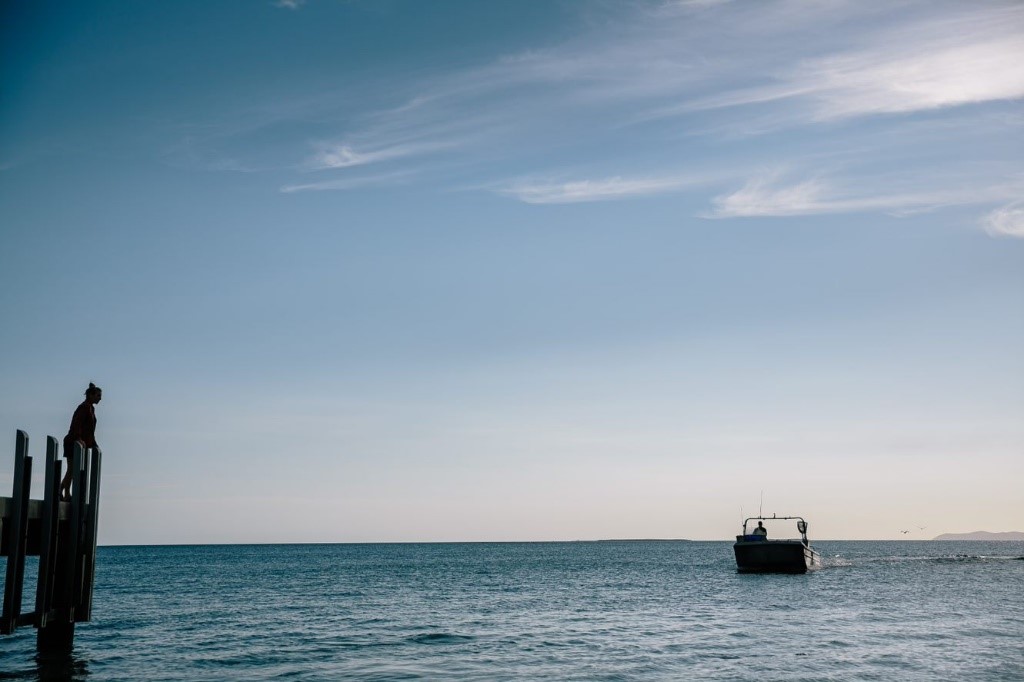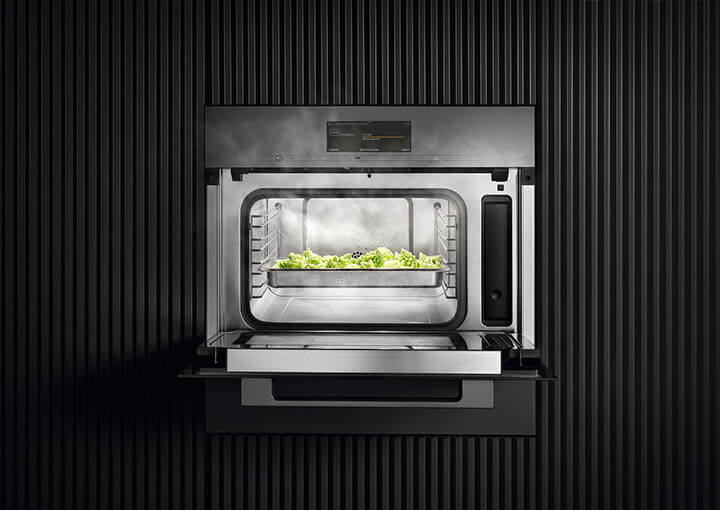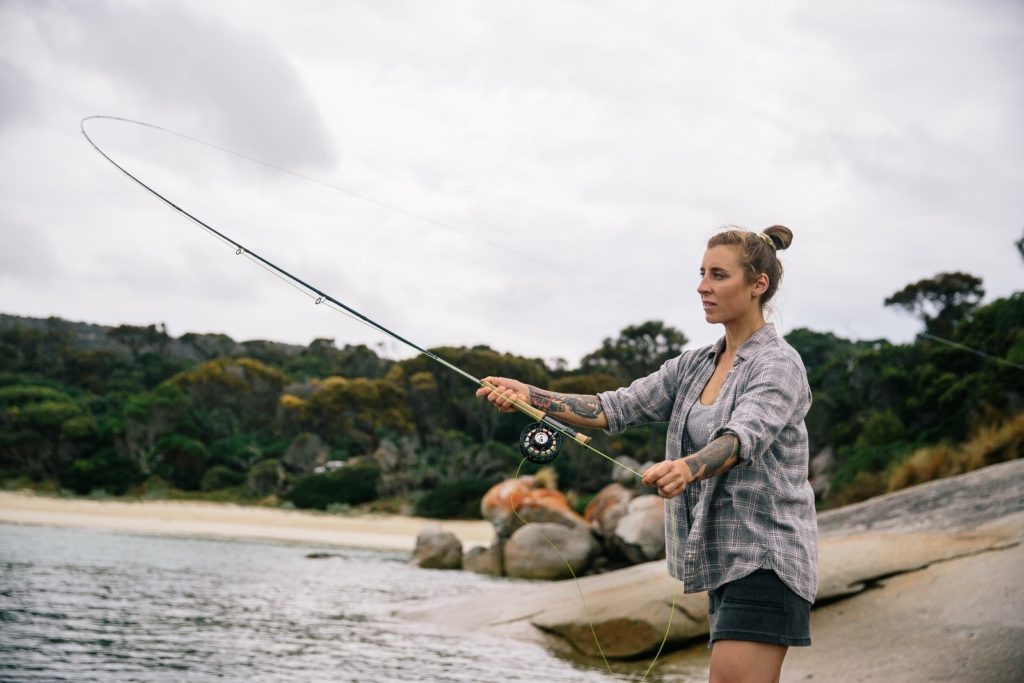Stories of Sustainability: tall ‘tails’ of ethically sourced fish on Flinders Island
A community with nature at the forefront
The picturesque and untamed surrounds of Flinders Island is one of 52 islands in the Furneaux Group dotted across Bass Strait in north-eastern Tasmania.
With plenty of activities to enjoy all year round from walking to bird watching, this island is home to just over 1,000 residents who hold a deep respect for their surrounds.
Most locals spend their time working on, farming, exploring, and appreciating the land – be it on the water, through the mountains, or along its many miles of deserted beaches, all of which have a unique and powerful way of connecting you to the local environment. And while fishing is a favourite pastime in these parts of the world, it is always done with sustainability in mind.
The global seafood trade
According to the WWF, seafood is the largest traded food commodity in the world, providing sustenance to approximately 3 billion people globally. While it is indispensable to the livelihoods of many, historically, the seafood industry has significantly impacted the environment.
The United Nations Food and Agricultural Organisation estimates that 85 percent of marine fish stocks are either fully exploited or overfished with once-plentiful populations of fish, including rockfish, salmon, swordfish, Atlantic cod and Pacific bluefin tuna, currently at four percent of their peak breeding population size.
Unfortunately, many fisheries also throw away more fish than they keep, or incidentally capture things they didn’t mean to. This so-called ‘bycatch’ of non-target species can be incredibly harmful, which when added to the pollution of trawling, makes the seafood industry a damaging one.
The good news for all the fish lovers and pescatarians out there is that a more sustainable approach to seafood does exist.
Taking a ‘fish-first’ approach to sustainability
Research shows that, when managed sustainably, fisheries could increase global yields by approximately 15 percent, meaning food from the sea will be able to feed more people and support more economic livelihoods.
By sourcing seafood that’s caught using sustainable fishing methods from well-managed fisheries, or only buying local and plentiful species, you can feel more confident knowing that your dietary choices are having a minimal impact on the marine environment.

SEARCH: GoodFish – Australia’s Sustainable Seafood Guide
You never know what you’re going to get
In the ‘Flinders Island’ episode of our Stories of Sustainability series, we meet local Mick, who shares why he loves living on the island with fellow locals and how as a community they’re passionate about respecting the land and looking after its surroundings:
“There’s no doubt from a local point of view, it is sustainable being part of a community that respects their surroundings. We all love it and look after it.” – Mick Grimshaw
For Jo, the island ethos is all about creating a place where they can showcase the best, seasonal island ingredients. Using only ingredients that are sourced on the island, with little to no waste, and cooking with what comes to them.
The entire island operates on the understanding that the ‘catch of the day’ is yours for the taking – no more, no less – whether it’s flathead, trevally, salmon, calamari or any of the thousand odd species on offer.
Steaming your catch of the day
Cultivating a quality and sustainable cooking experience is grounded in respect and reverence for the local area, environment and the produce itself. For Jo, that means using steam, which she describes as a more precise and health-conscious way to cook.
Steam cooking gently and slowly permeates heat into your protein, which is especially useful for fish that can be easy to overcook. Steam cooking also gives you added control and enables you to show a deeper level of respect for the produce:
“Steam allows you to capture all the nutrients because everything stays in there, rather than boiling, where all the water-soluble nutrients dissipate. So, it’s a really healthy and more precise way to cook.”
EXPLORE: Miele’s Steam Oven Range
The benefits of steam cooking
In many countries and cultures, cooking with steam has been the preferred method of food preparation for thousands of years. During the cooking process, the whole oven compartment fills with steam and the oxygen is displaced – so the food remains visually and structurally intact, while retaining its natural flavour.
Building on the original traditions of steam cooking and combining it with innovative ideas and technologies, Miele has a range of steam ovens that bring the benefits of this wonderful method of cooking into your kitchen, offering you convenient and healthy cooking and incredible flavours every time.

LEARN MORE: Why every kitchen needs a steam oven
For now and for the future
Chef Barrett and Miele’s shared value and passion for sustainability is not only about making sure that we preserve a beautiful natural world for generations to come, but it is about showing respect and gratitude for what we have in the here and now.
From the way we prepare food to the way we take care of each other and the land, we can all do our part for a place like Flinders Island.
You can enjoy more of Miele’s award-winning Stories of Sustainability series featuring local growers and producers who share the passion and intention behind their work. Watch here.
And be sure to visit the Miele Experience Centre’s Recipe page for a delicious recipe from chef Jo Barrett using Flathead tails, seasoned butter and zucchini as well as a variety of other recipes using a steam oven.





